Ruscus spp.
AsparagaceaeRuscus proviene de fruscus, nombre dado por Virgilio que deriva del celta beus, boj y hélen, acebo. El Ruscus hipophyllum, descrito por primera vez por Linneo es originario del sur de la península Ibérica (y norte de África), encontrándose naturalizado no muy lejos de aquí, en el parque de los Alcornocales. Del Amo recogía en el siglo XIX: “Esta especie llamada laurel de Alejandría, crece en los montes del Peñón de Gibraltar y cerca de Algeciras, pero es frecuente como planta de adorno en los patios y jardines”. El patio es, como nos recordaba Manuel Ferrand, uno de los elementos más característicos de la arquitectura y la jardinería sevillana. Depuración tipológica de civilizaciones más antiguas, desde los patios griegos, pasando por los atrios con peristilos romanos a los posteriores musulmanes, vieron estos durante el Renacimiento como el arriate se sustituía por losas de mármol y la vegetación se alzaba, artificialmente, sobre macetones. A partir de entonces una selección botánica se produjo en la ciudad, propiciándose así la adopción de especies que se adaptasen a las nuevas condiciones de cultivo. El rusco, proveniente de los sombríos y húmedos bosques de Cádiz, fue una de ellas, junto a otras aromáticas y ornamentales como el jazmín, las cintas, los claveles o los geranios.
Procedencia
Europeo/MediterráneoCalendario
Hábitat
Morfología
 Planta
Planta
 Ovoidal
Ovoidal
 Simple
Simple
 Ovada
Ovada
 Lanceolada
Lanceolada
 Alterna
Alterna
 Entero
Entero
 Cuneada
Cuneada
 Acuminado
Acuminado
 Agudo
Agudo
 Perenne
Perenne
